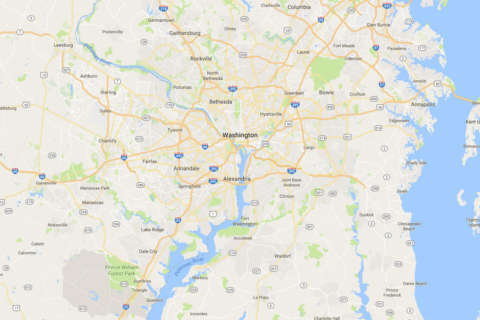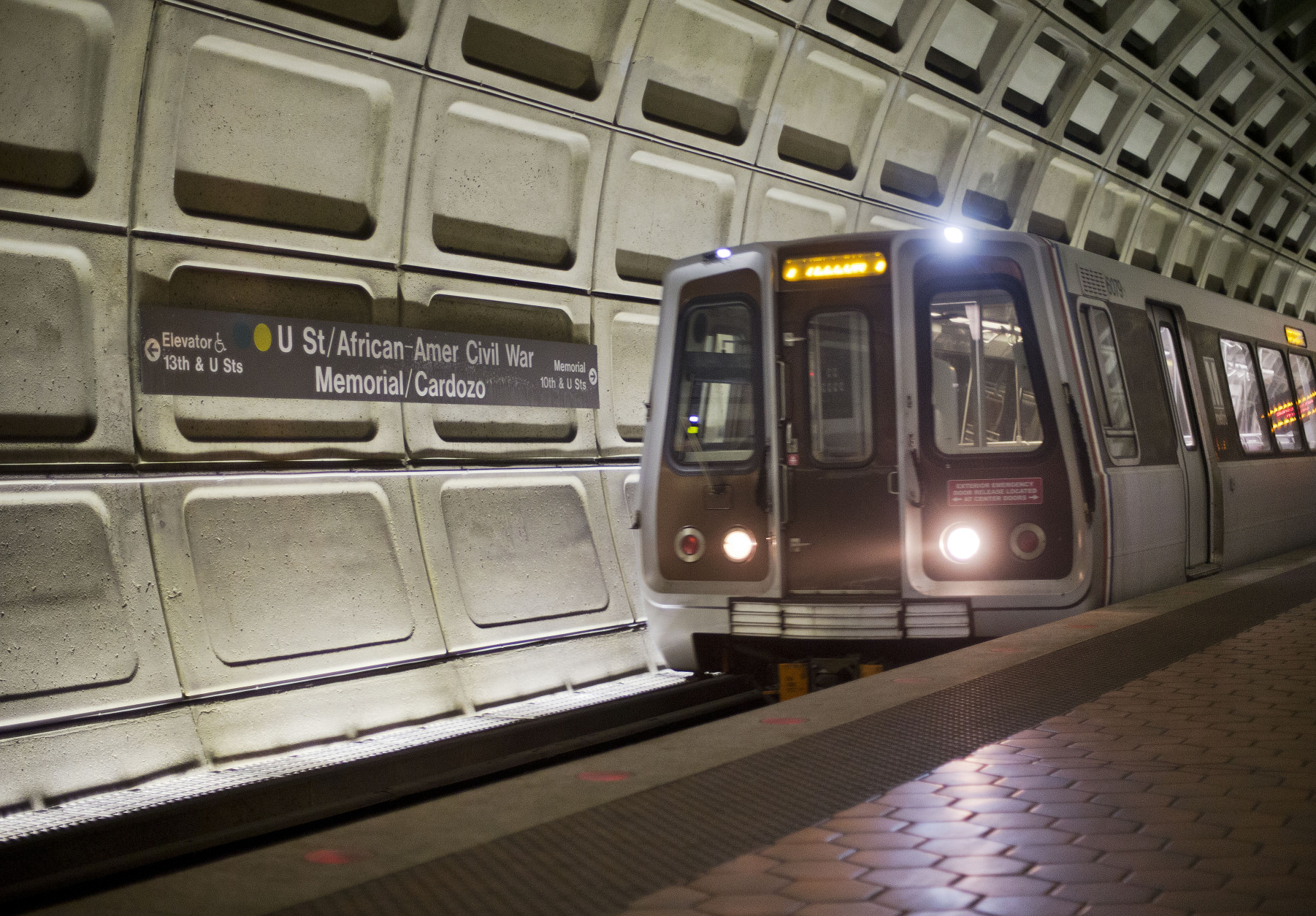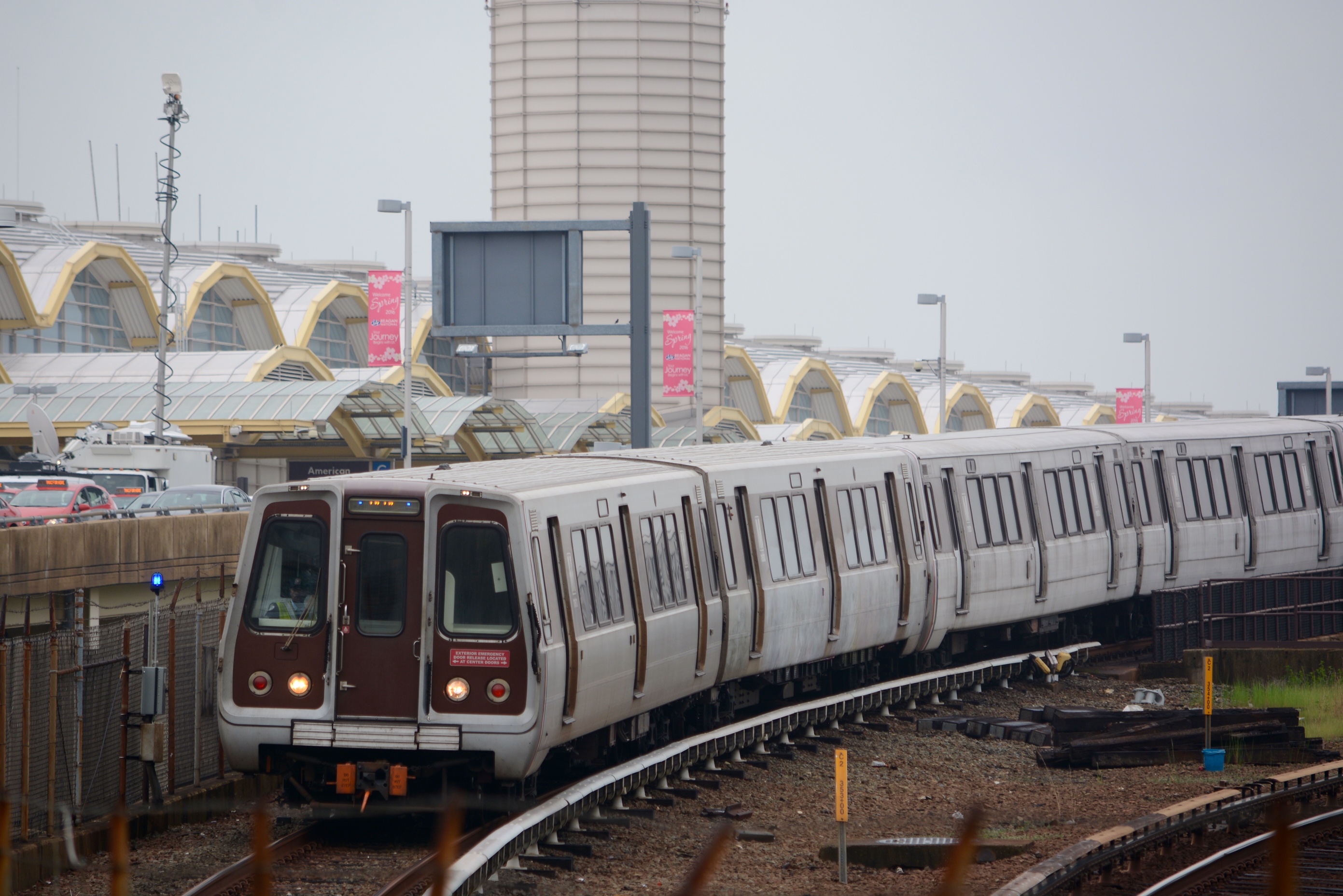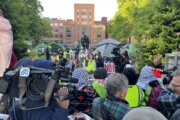WASHINGTON — No rider will be left unaffected when Metro begins major track work in two weeks.
Even at stations that aren’t listed as areas where work is being done, riders will feel the effects as the work will lead to significant service cuts along entire lines.
For example, while the first single-tracking period Jun. 4-16 is only between Ballston and the next stop East Falls Church on the Orange and Silver lines, riders between Ballston and Rosslyn will see 35 percent fewer trains than usual at rush hour, and riders between Rosslyn and Stadium-Armory will see 28 percent fewer trains. Even all the way at the other end of the Silver Line, riders between Stadium Armory and Largo will see a 47 percent cut in trains at rush hour.
Fewer trains mean longer waits and much more crowding.
Metro plans to maintain the usual number of trains for this first 13-day stretch of track work between New Carrollton and Stadium-Armory.
That changes on June 18 during the first major shutdown, when riders will see fewer trains (or none) at every station served by the Orange and Silver lines, and the Blue Line essentially stops running.
Metro’s description of the work is a “line segment shutdown” between Eastern Market and Minnesota Avenue and Benning Road. That means “Blue, Orange and Silver line customers are encouraged to consider alternate travel options and avoid traveling during rush hour if possible; expect rush hour trains to be very crowded.”
There will be trains designated as Blue Line trains, but they will only run between Franconia-Springfield and Arlington Cemetery. Riders downtown will see 54 percent fewer trains at Blue, Orange and Silver line stations, but there will be some additional Yellow Line trains outside of rush hour. While there will be shuttle buses to and from Eastern Market, there will be no replacement bus service from Metro to take riders between Rosslyn and Arlington Cemetery.
The ripple effects hit riders at Yellow and Green line stations in July during two shutdowns of stretches of track around the Reagan National Airport station just before and after July 4.
During the shutdowns, there will be half as many trains as usual on the Blue and Yellow line tracks south of Pentagon, two-thirds fewer Yellow Line trains than usually scheduled, and 20 to 40 percent fewer trains than usual at rush hour between L’Enfant Plaza and Greenbelt.
The first 24/7 work on the Red Line is scheduled to be single-tracking between Takoma and Silver Spring the first week of August. Despite the short distance, the key location of the single-tracking zone means three out of every four regularly scheduled Red Line trains from Silver Spring will not run.
Between NoMa-Gallaudet and Grosvenor some extra trains will mean service is only cut back by 25 percent. The impact is just a fraction of what will hit Red Line riders from Oct. 10 to Nov. 1 when the Red Line will be completely shut down between Fort Totten and NoMa for 23 days.
Another example of the way work ripples across the system will come farther along in the plan in January when single-tracking south of Braddock Road on the Blue and Yellow lines will cut train service south of Reagan National Airport by 83 percent at rush hour to King Street, and by 67 percent to and from Franconia-Springfield and Huntington.
The cuts mean one third fewer Yellow and Blue line trains toward Rosslyn and L’Enfant Plaza, with fewer trains than usual at all D.C. stations served by the Orange, Silver, Blue, Yellow and Green lines. There also will be fewer trains than usual between Largo and Stadium-Armory.
There are a handful of the workzones that Metro hopes to confine to a limited impact, giving people who drive to Metro stations the opportunity to get regular service by driving to a station a bit farther down the line or down the street.
They include the Aug. 9-18 single-tracking between Shady Grove and Twinbrook, when there will be two-thirds fewer trains than usual in that stretch, but the rest of the Red Line is not scheduled to be affected at rush hour.
Aug. 20-Sept. 5 work between Franconia-Springfield and Van Dorn Street cuts three out of every four rush-hour trains from Franconia-Springfield, but Metro plans to run those Blue Line trains from Huntington instead.
Sept. 9-Oct.20 work on the Orange Line between Vienna and West Falls Church will cut trains from Vienna and Dunn Loring to once every 18 minutes at rush hour, but Metro expects to run regular service to and from West Falls Church.
Another critical piece for riders to remember is that the 24/7 work is not the only track work that will impact trips. Metro will now regularly start weeknight work at 8 p.m. and there will still be additional single-tracking in the middle of the day and on weekends too.







